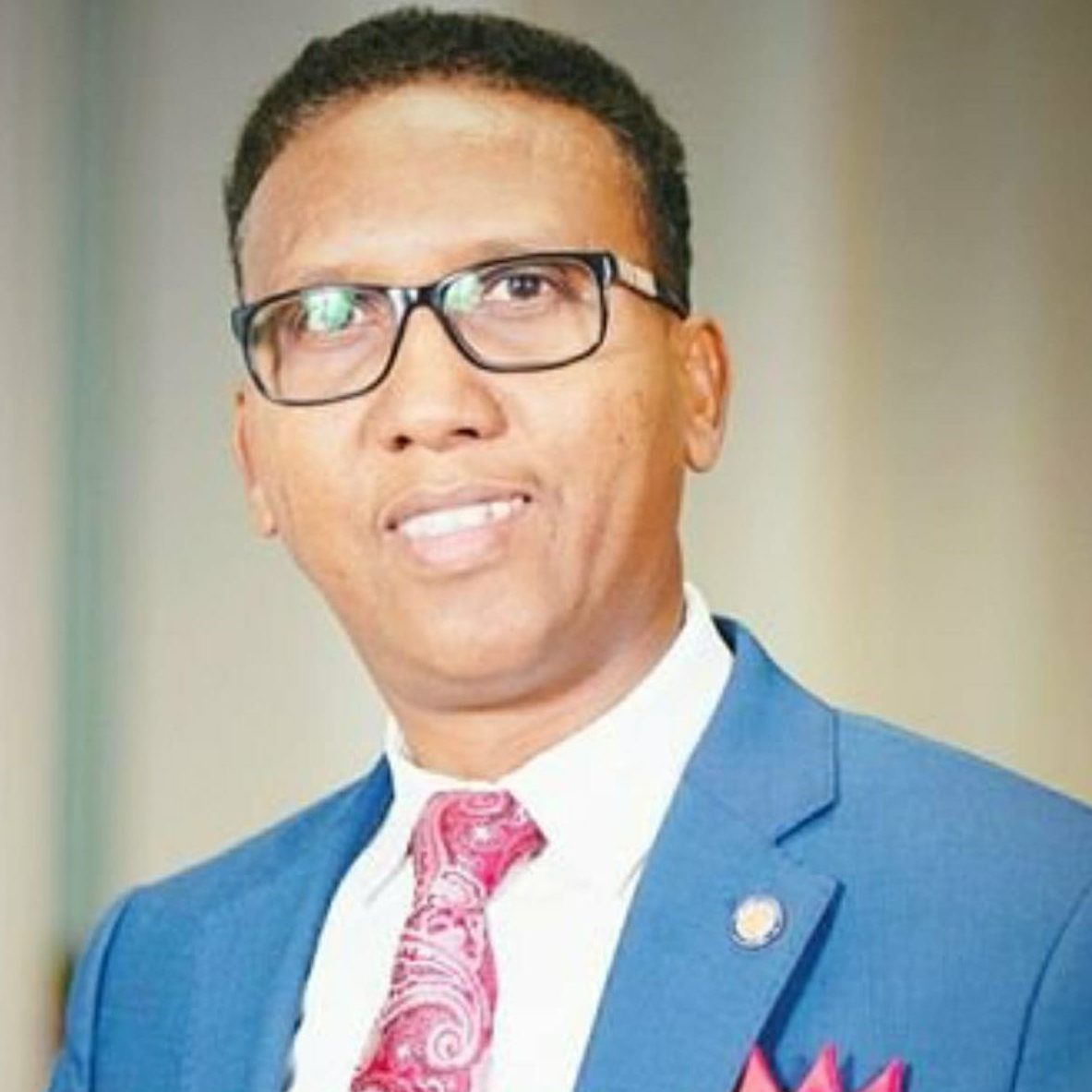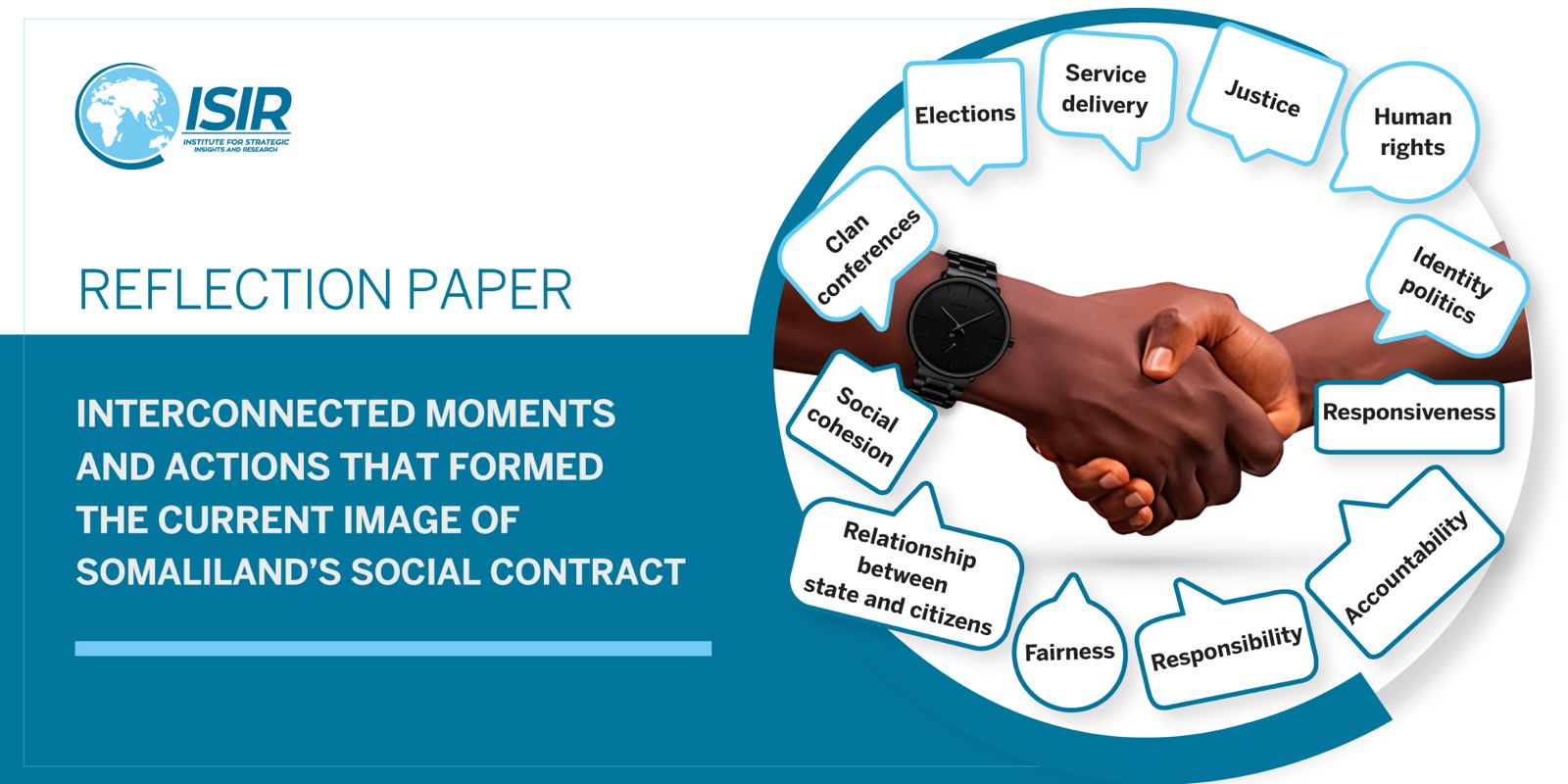I spent last week at arguably the most well-organised and longest running book festival in East Africa, the Hargeysa International Book Fair. It was my first time to visit Somaliland despite being a resident of East Africa for a few years now. Before arrival, I and all the other guests received an email on some common courtesies. It did not escape me that most of the rules were for women.
We were to ensure that we were dressed modestly and covered our hair. I duly packed, even though I felt in some way that I was betraying my feminist principles and yet too, I was going to Somaliland as a guest and not South Africa, which is my home. I have always thought it pragmatic to follow the rules of one’s hosts or, if one feels strongly enough, turning down the invitation. I took enough modest dresses. The one day I wore a calf-length dress (obviously now immodest in my mind) because everything of mine was being laundered, I was consistently self-conscious.
That said, it was a wonderful festival. Held at the Hargeysa Cultural Centre, which has offices, performance space, a library and a couple of exhibition halls, I couldn’t help but think this is exactly what a festival space should be like.
The library, open throughout the year, is small but strong on Somaliland literature but also much literature from the rest of Africa. (Egypt was the guest country this year and South Africa two years ago. There was literature from both countries). I was almost tempted to take photos and send to the head librarian at Sandton library.
As part of the festival, the organisers have worked on ensuring that they nurture a new generation of Somali readers and writers. To this end, writers’ workshops form a strong part of the festival and the products are published and presented at the next festival. This year, festival guests received a poetry anthology from a workshop held last year.
Despite being centred on books, as every book festival should be, there were also other forms of art. Perhaps because of being asked to wear a scarf, I did not expect music and dancing. We had plenty of it.
At a dinner hosted by the president, musician Maxamed BK, who seemed to have Somaliland teenage girls and older women eating out of his hand, went on stage to perform his hit, Dhulkeyga Somaliland.
Young men and women also performed some traditional Somali dance with Maxamed BK. For some reason, I had not imagined that there would be interaction between the genders. In the next few days, I realised how many misconceptions I had harboured. Beyond singing and dancing together, men and women walked, worked and ate together in restaurants in Hargeisa and even in the village of Las Geel where we went to see the cave paintings.
These were not the only times I would learn something new about this country. Less than 30 countries in the world acknowledge the existence of Somaliland as a state. The African Union certainly doesn’t. This I knew. What I didn’t know, despite knowing of its existence for years, was that the idea of Somaliland as a state was something to be more than smiled and indulged when my college friend Sofia spoke of it or my writer friend Nadifa mentioned it. Somalilanders are strong believers in the idea of their country as a state, despite the lack of recognition by most other countries.
I wondered then whether, except when mutually beneficial, what the rest of the AU decides about them matters? I am aware that recognition would mean being able to trade on the continent, thus Somalilanders’ continual push for it. But in its absence, do Somalilanders cease to exist just because the majority of the world’s countries refuse to recognise them? Their art, government and, importantly, people seem to suggest otherwise. And as a person who comes from a country that attained it’s democracy in 1994 but that seems to be captured by different groups, do I have a reason to judge when the sovereignty of my own country seems questionable?
By Zukiswa Wanner
Categories: Featured, Latest News













